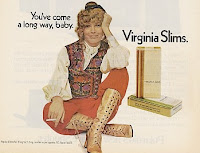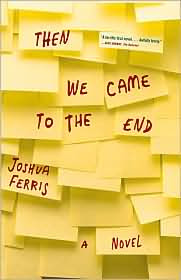At first glance, there's nothing special about the movie ad above (I can't vouch for the movie itself, either; I haven't seen it). The usual mashup of star closeups, an intriguing line of ad copy ("Family is family. Blood is blood.") and lots of gushing blurbs -- "Intense!" "A Chiller!" -- topped off by the near-hysterical headline, "The New York Times IS RAVING! and five lines excerpted from its review. A bit excessive, sure, but still pretty commonplace in movie ads. If anything is really surprising about this ad, it's the sentence under the title, identifying this as a Woody Allen film. Yes, Woody Allen, the long-time favorite of the critics, the art-house crowd, and occasionally mass audiences -- and that's really the problem. Through the late '70s, throughout the '80's and into the early '90s, Woody has had a special place in the American cinema; in a sense, he was his own brand; though the content of his...















